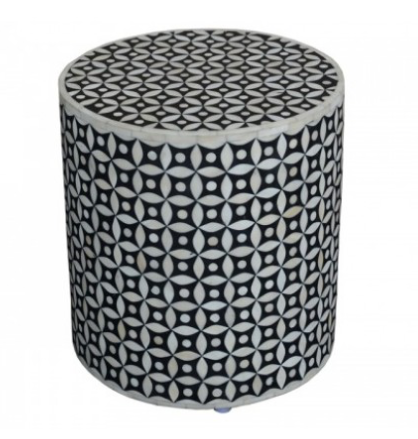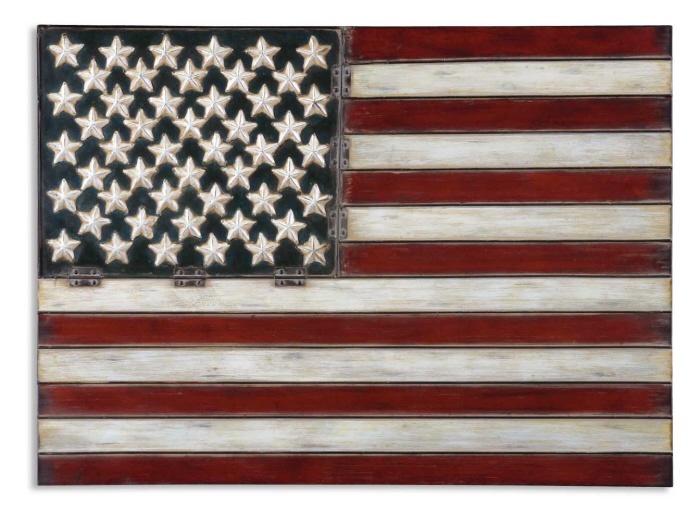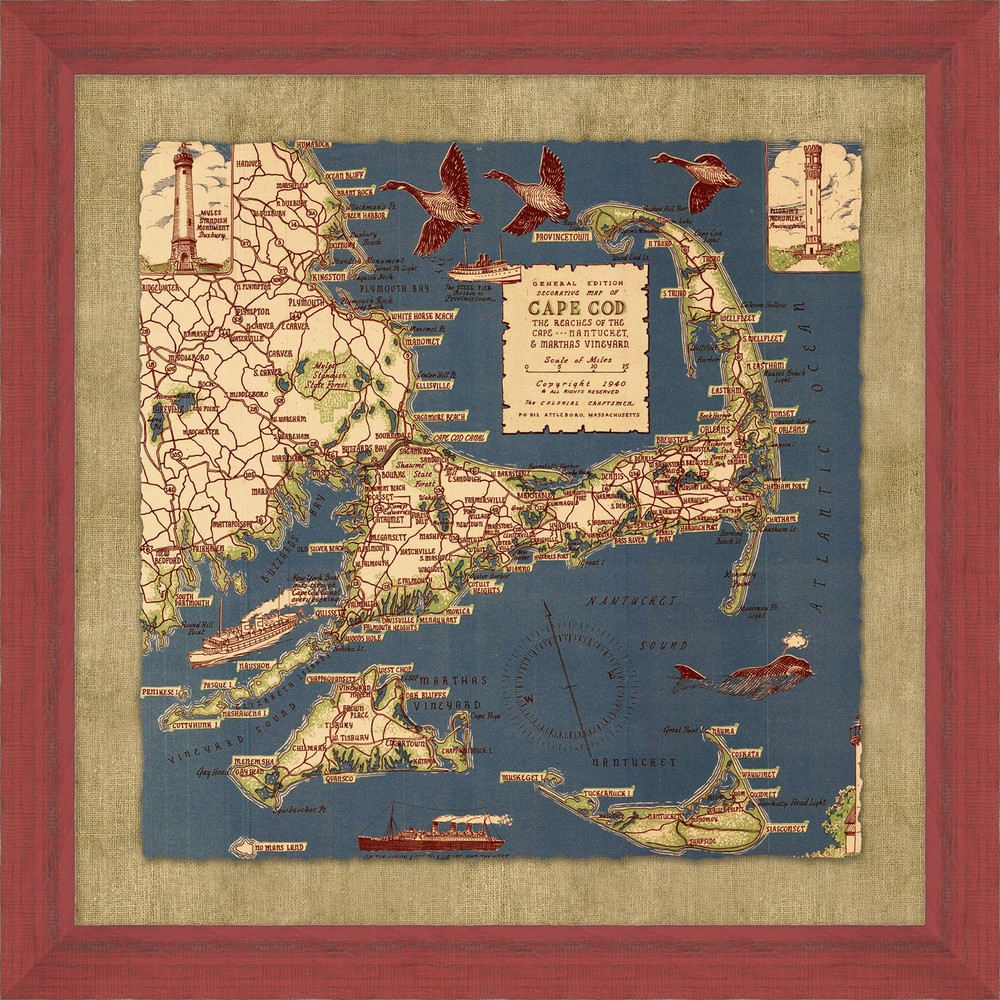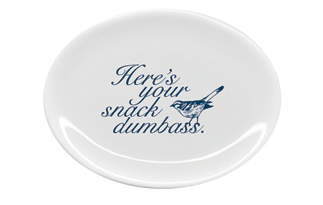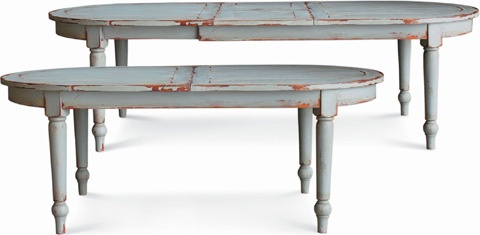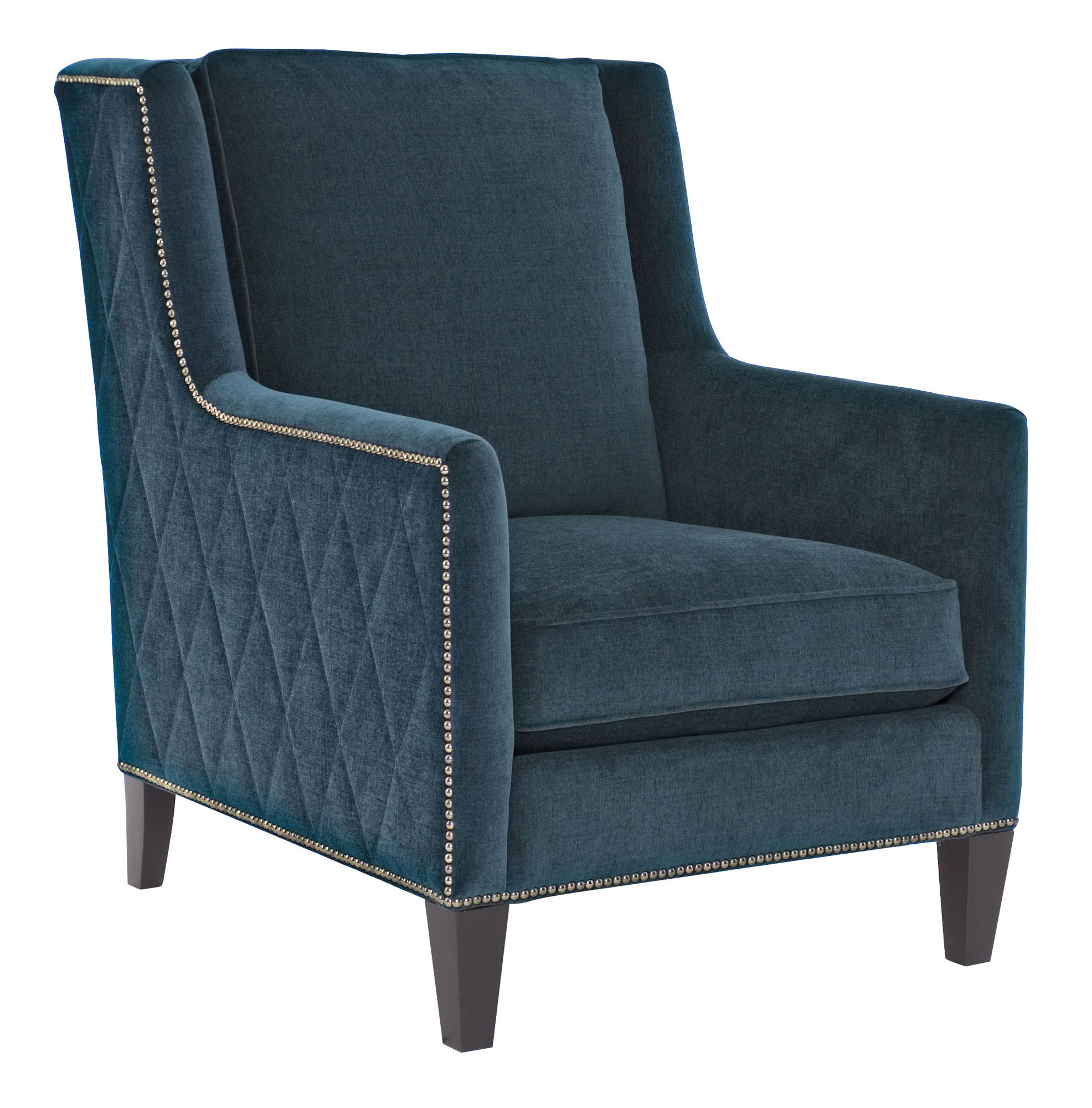Whether you are merging households, inheriting furniture, received a well-intentioned gift that missed the mark, or the occasional impulse buy -- all of these contribute to decorating dreams going haywire. And calling it eclectic doesn't help! And while you can't have it all, you can have some of it. Here's the recipe for getting the mix right and creating rooms that feel cohesive instead of crazy.
It is the 80/20 rule, and it works like this: as long as 80 percent of your interior is unified by the same style, same period or same philosophy, you can contrast with the other 20 percent. In other words, a vintage piece can absolutely work in an ultramodern space.
Continue to read below for more rules, dos and don'ts:
Color. Using a consistent color helps your decor hang well together and look more cohesive. If you have a traditional armchair, but want to add in a more modern sectional, choose a sofa in the same shade as your original chair.
Mind the scale. Keep the scale of all your decor in the same realm. You don’t want a huge overstuffed chair sitting next to your grandmother's dainty wooden carved loveseat.
Find balance. Even though you have totally different pieces on either side of a bed, they can look balanced as a whole. Create the balance by choosing items with equal visual weight.
Distribute equally. If one half of the room is totally modern, and the other half is entirely traditional, the sudden difference is overwhelming. But if multiple styles are incorporated strategically throughout the room, it’s easier for the eye to accept.
Some styles just don't mix. For example, Victorian decor is all about ornate details, while Arts and Crafts veers more simplistic. Therefore, Victorian decor marries well with Traditional, Asian, and French Provincial furniture, while Arts and Crafts is better with contemporary pieces or country styles, like Shaker. But with the 80/20 rule you can mix almost anything. Say you have a loft filled with modern classic furniture -- add a superb antique settee and voilà!
When mixing woods, consider formality: mahogany, cherry and oak are formal, so they'll go well with one another. Pine, maple, and bamboo are casual choices, which means that they're compatible with one another but less so with formal woods.
When more than one rug is required in an open space, be sure to choose carpets that harmonize rather than match. Neutral sisal may work with a faded Turkish or Kilim rug but looks too humble beside a fine Persian, for example.
Traditional interiors tip the balance in favor of patterns. So if your family room is modern with monochromatic neutral fabrics, add some large patterned pillows. Conversely, a traditional pattern-filled room requires visual breathing space, so incorporate solid color accents.
Dos and don'ts of the 80/20 rule
• DO revitalize neutral interiors with punctuation of color. A small addition of striking color, say, a series of vases in chartreuse or a pair of pillows in cobalt, can transform the mood and personality of a room.
• DON'T show too much leg. When mixing upholstered furniture and occasional tables, it's more attractive to vary the ratio of skirt to leg. In most cases, 20 percent skirting (either a soft skirt like the apron of a sofa, or a piece of furniture with no legs) is ideal.
• DO choose pieces with matching lines and shapes. Rolled armed sofas don’t necessarily like resting alongside boxy chairs and vice versa.
• DON'T rely solely on ambient or general illumination for rooms. If 80 percent of your lighting is overhead, such as halogens or ceiling-mounted fixtures, for example, incorporate a 20 percent ratio of decorative lighting, like sconces, table lamps, art lamps and library lights, to create interest and draw attention to collections and paintings.
And lastly, DO have fun with it, but DON’T treat all styles equally. Go heavy on one style of furniture, then mix in the other styles. If you have read through this whole post and are confused about what interior styles are or have no idea what style your home fits into go back and read our post on 7 of the most popular Interior styles today!
Happy Designing!
--DRH Team






















